There are various ways for companies to keep a pulse on megatrends and business-model disruption. For example, one director panelist suggested that companies become part of the innovation ecosystem by participating as an angel investor, investing in a venture capital (VC) fund, reaching out to external experts and thought leaders, and monitoring deals to observe trends. Many websites of VC funds and angel groups disclose some information in regard to their investments. Knowing who’s getting funded can help boards identify trends, keep an eye on potential competition and understand new business models that might have an impact in the industry.
Panelists also discussed the necessary time and budgetary allocations related to megatrends and innovating for the future. Many directors recommended making sure appropriate time and resources are made available to the board for educational opportunities and discussion regarding long-term megatrends. Directors also said boards should balance budgetary constraints with making long-term plays necessary for profitable growth. Reviewing capital allocation strategies across different time frames (1–3 years, 3–5 years and 5–10 years) can help keep the long term in focus.
While long-term growth also requires a clear innovation strategy, many of the private company directors surveyed by the NACD cited innovation as an area for improvement. They said that their companies don’t yet have clear innovation strategies, processes or initiatives and haven’t yet defined what innovation means to them.
Our director panelists agreed that to foster innovation, it’s important that all employees understand and feel engaged in the innovation strategy for transforming and disrupting the business. Innovation is a team sport, and management, with support from the board, should create a context that enables collaboration among disparate teams and disciplines within the company.
Embedding certain innovation projects in external collaborative programs and communities like incubators or accelerators can also help with access to mentorship, training and networks for dedicated teams focused on developing or scaling ideas. A key part of the board’s role is ensuring the company’s executive compensation program incentivizes innovation.
Overseeing human capital
The board’s role in relation to human capital has been shifting in recent years alongside the rise of intangible assets and transformations in work and the workforce. These changes have been accelerated by the pandemic. There is an unprecedented increase in remote work, flexible work and contingent work and a new openness to reimagining how work is done. Diversity, equity and inclusion (DEI) and culture have also been given new emphasis, and Summit participants explored how private boards are governing these important topics.
Findings from the NACD survey showed around 60% of private company board directors reported that in relation to human capital, they discussed human capital risks as well as enterprise-wide talent development training and strategy. However, only 28% of private company boards reported that they had communicated clear expectations to management on board reporting related to human capital. Boards are increasingly requesting reporting on culture-related metrics to understand whether there is alignment between purpose, values and culture throughout the company.


